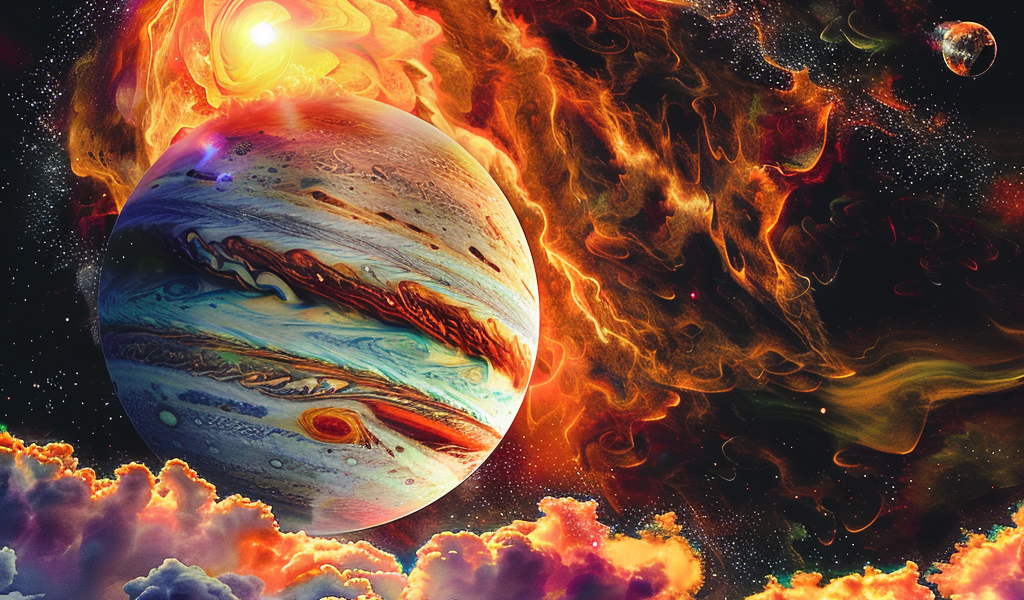A groundbreaking study has redefined our understanding of the celestial body HD 28185 c, previously thought to be a brown dwarf. Conducted by astronomers from the University of Southern Queensland (UniSQ) in Australia, the research indicates that this object is, in fact, a massive super-Jovian planet. The findings were published on October 10 in the Monthly Notices of the Royal Astronomical Society.
Brown dwarfs, which are often described as “failed stars,” lie in a mass range between 13 and 80 Jupiter masses (0.012 to 0.076 solar masses). Although numerous brown dwarfs have been identified in the cosmos, those orbiting stars are relatively scarce, making the study of such objects particularly significant.
The HD 28185 system is centered around a sun-like star located approximately 127.8 light years from Earth and is believed to be around 8.3 billion years old. The system initially gained attention in 2001 with the discovery of a temperate giant planet, designated HD 28185 b. This exoplanet has a minimum mass of six Jupiter masses and orbits its star in a manner similar to Earth.
In a significant development two decades later, astronomers identified another object within the HD 28185 system. This object, initially labeled HD 28185 c, was thought to have a minimum mass of about 19.6 Jupiter masses and an orbital period of 47.7 years. However, the recent study led by Alexander Venner from UniSQ has provided new insights that challenge these previous assumptions.
Utilizing an extensive dataset comprising 22 years of radial velocity observations from various spectrographs around the globe, along with precision astrometry from the Hipparcos-Gaia Catalog of Accelerations (HGCA), the researchers were able to refine their understanding of HD 28185 c.
The new analysis revealed that HD 28185 c orbits its parent star every 9,090 days, which is equivalent to approximately 24.9 years. This orbital path places it at a distance of about 8.5 astronomical units (AU) from its host star. Furthermore, the mass of HD 28185 c has been re-estimated to be around 6.0 Jupiter masses, significantly lower than prior calculations.
As a result of these revised parameters, the research team has reclassified HD 28185 c as a super-Jovian exoplanet rather than a brown dwarf. This reclassification not only alters the understanding of the object’s nature but also adds to the growing body of knowledge regarding the diversity of planetary systems.
The implications of this study extend beyond the HD 28185 system itself. As astronomers continue to refine their techniques for detecting and characterizing distant celestial bodies, the potential for discovering new types of planets and understanding their formation processes increases. This research highlights the importance of long-term observational campaigns and the need for advanced analytical methods in the field of exoplanet studies.
In summary, the reclassification of HD 28185 c from a brown dwarf to a super-Jovian planet marks a significant development in the field of astronomy. The findings emphasize the complexity of planetary systems and the necessity for continuous exploration and study of our universe.





